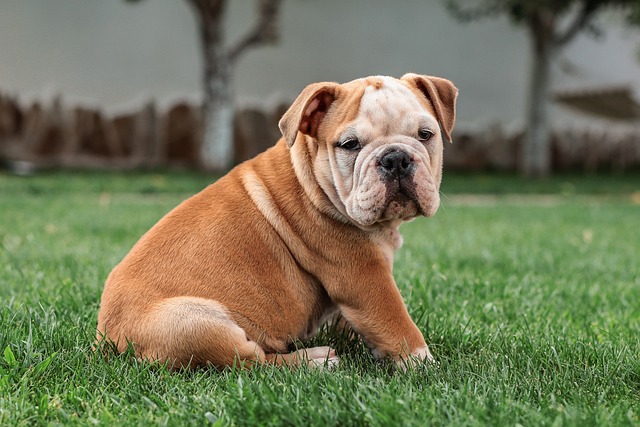
How do i train my dog to be obedient?
Watching your dog dart across the park ignoring your calls isn’t just frustrating—it can put them at risk near busy streets or public spaces.
Teaching your dog to signal when they need to go potty isn’t just about convenience—it’s a way to build trust and keep your home clean, especially if you live in an apartment or follow strict local regulations. Start by observing their natural rhythm: most puppies need to go after eating, napping, or playing, while adult dogs might have a more predictable schedule. Watch for signs like pacing, sniffing the floor, or circling—these are your cues to step in and guide them toward a consistent routine.
Choose a simple, clear signal that works for both of you. Many owners use a bell hung near the door; every time you take your dog out, gently tap their paw against the bell and say, “Let’s go potty.” At first, they won’t connect the action to the need, but repetition helps. When they finally go outside after ringing the bell, reward them with a tiny treat and enthusiastic praise—positive reinforcement sticks better than scolding, which can confuse them.
 Timing is key. Young puppies can’t hold it long, so take them out every 1–2 hours, even if they don’t signal. As they grow, gradually extend the intervals. If accidents happen indoors, resist the urge to rub their nose in it—that’s outdated and ineffective. Instead, calmly clean the area with an enzymatic cleaner to eliminate odors, which might encourage repeat mistakes. Then, adjust your schedule: maybe you waited too long between trips outside.
Timing is key. Young puppies can’t hold it long, so take them out every 1–2 hours, even if they don’t signal. As they grow, gradually extend the intervals. If accidents happen indoors, resist the urge to rub their nose in it—that’s outdated and ineffective. Instead, calmly clean the area with an enzymatic cleaner to eliminate odors, which might encourage repeat mistakes. Then, adjust your schedule: maybe you waited too long between trips outside.
Be mindful of local laws, too. Many cities in Europe and North America require dogs to be leashed in public spaces, even when going potty, and failing to pick up after them can result in fines. Make baggies part of your routine, and tie the habit to their signal—grabbing a bag as you head out reinforces that going potty means being responsible. It also teaches your dog that outdoor trips have a purpose, which can speed up training.
Consistency beats perfection. If you sometimes let them go in the yard without signaling but other times insist on the bell, they’ll get confused. Stick to the same signal, same door, and same post-potty routine—over weeks, not days—until it becomes second nature. Remember, every dog learns at their own pace: a rescue might take longer than a puppy, and that’s okay. Patience, paired with those well-timed treats, will turn “accidents” into a distant memory, leaving you both happier and more in sync.

Watching your dog dart across the park ignoring your calls isn’t just frustrating—it can put them at risk near busy streets or public spaces.

New puppy owners often find themselves rushing to clean up accidents before they set in, and that’s where puppy pad training becomes a game-changer.

If you've noticed your dog's waistline disappearing and your veterinarian has mentioned those few extra pounds, your first instinct might be to simply reduce the amount of food in their bowl.

Training a dog to use a designated spot indoors isn’t as daunting as many new owners fear, but it does take consistency and an understanding of your pet’s needs.

That moment of dread on a walk is all too familiar for many new dog owners. You see another dog approaching down the sidewalk of your neighborhood

If the sight of another dog on your neighborhood walk makes your heart sink as your own dog erupts into a frenzy of barking and lunging, you're not alone.